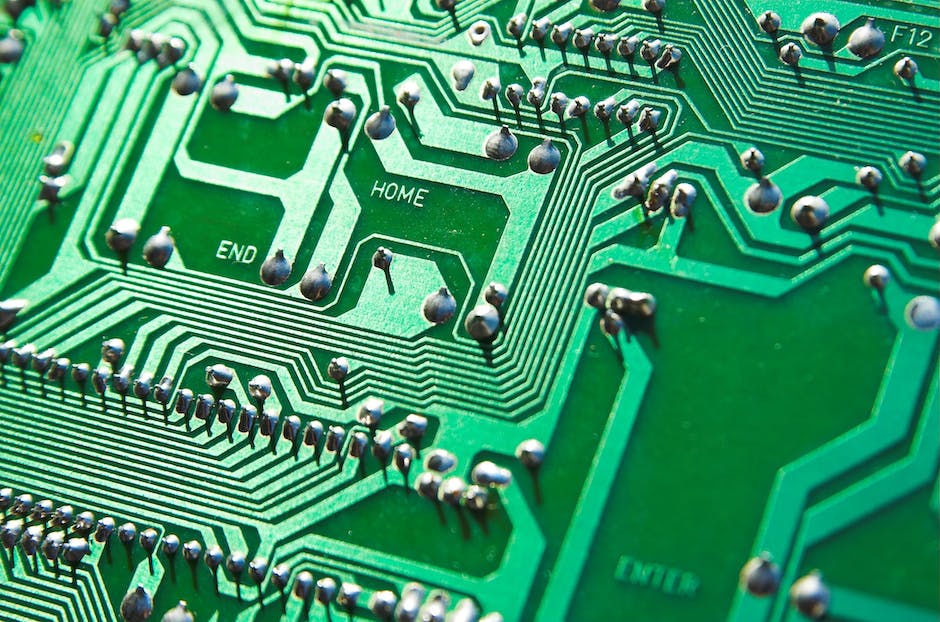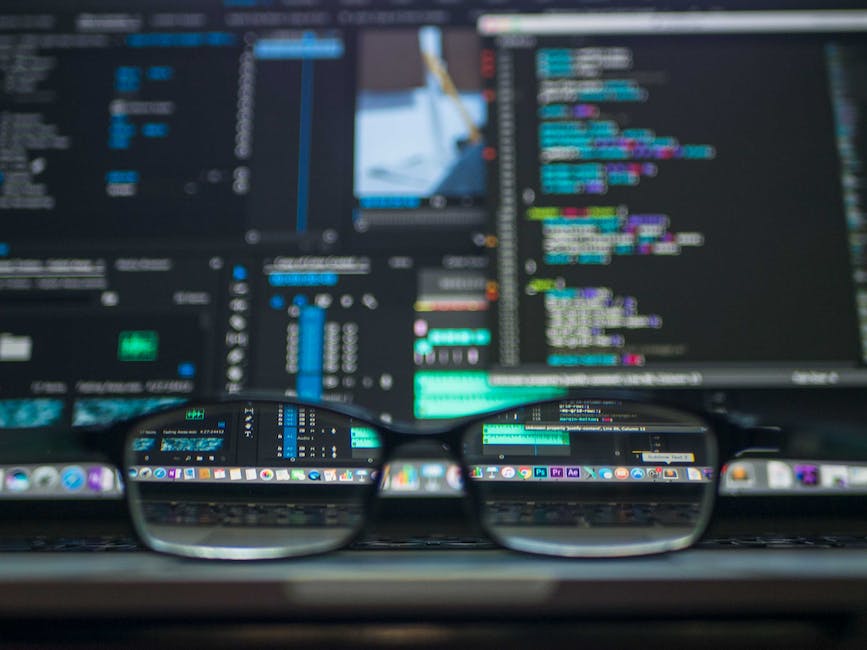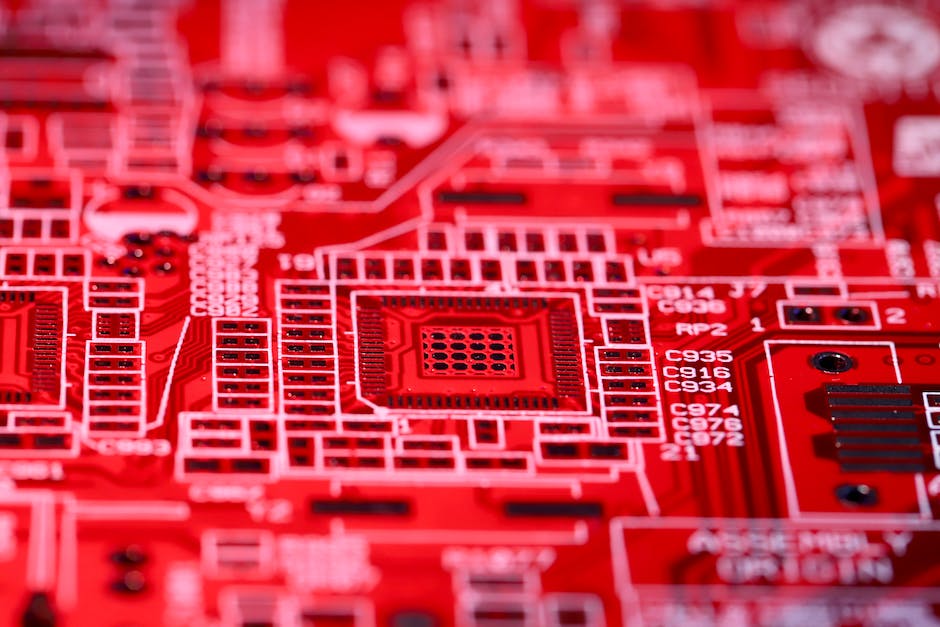In the blink of an eye, a world once ruled by conventional methods has seen an extraordinary paradigm shift towards a digitized era. Around us, we see the result of human innovation in fields such as artificial intelligence, machine learning, big data, virtual reality, augmented reality, the Internet of Things, and blockchain technology. Each of these has moved beyond theory, becoming integral parts of a variety of sectors and industries, changing the fabric of our reality.
Yet, while we marvel at these technological wonders, it’s essential to discern their actual impact on our daily lives. For many, the smartphone acts as an extension of the self, and social media platforms have become our primary means of communication. Similarly, e-commerce, once a novelty, is now fundamental to our consumer behavior.
However, with the advancement of technology comes an increasing sense of insecurity about privacy. With the ongoing tread of digital footprints, questions about data collection, surveillance, and cybersecurity need our attention. In the coming paragraphs, we will try to understand technology’s role, its implications, and its foreseeable future without shying away from its controversies and challenges.
Current Trends in Technology
Artificial Intelligence and Machine Learning
Artificial Intelligence (AI) entails the use of advanced techniques to enable machines to learn and think like humans. This technology is now widely being used in various sectors to simplify tasks and deliver precision in results. Machine Learning, a subset of AI, is a data analysis method that allows computers to learn from their experiences and make future decisions based on the analysis of past instances.
In businesses, AI and Machine Learning help in data management, predictive analytics, sales and marketing forecast, and enhancing customer experience. In healthcare, they are being used to predict diseases and create personalized treatment plans. In the automotive industry, self-driving cars have become a reality with the help of AI.
Big Data
Big Data refers to complex and large data sets that traditional data software tools cannot handle efficiently. The use of Big Data has grown exponentially because it helps organizations in decision-making processes, offering insights from data including customer preferences and identifications of new market opportunities.
Tech giants use Big Data analytics to improve their products and services, thereby increasing their customer base. Big Data is also employed in healthcare for research and in finance to detect fraudulent activities.
Virtual Reality and Augmented Reality
Virtual Reality (VR) and Augmented Reality (AR) are immersive technologies that can create virtual environments for users. While VR requires users to be in a completely virtual environment, AR overlays digital information into the existing environment.
Industries like gaming and entertainment have become heavily reliant on VR for creating immersive user experiences. AR, on the other hand, is heavily used in the retail industry where customers can virtually try products before buying them. These technologies are also used in education and training sectors for creating interactive learning environments.
Internet of Things
The Internet of Things (IoT) is a concept where devices, from everyday household items to industrial equipment, are connected to the internet, allowing data sharing and automation of tasks. The devices are embedded with sensors and software that collect and exchange data.
IoT is used in smart homes to control lighting, temperature, and security systems through smartphones. In healthcare, wearable devices are used to monitor patients’ health. Cities are using IoT to improve infrastructure, public utilities, and services, in what’s known as “smart cities”.
Unpacking Blockchain
At its core, Blockchain is a decentralized ledger that securely chronicles transactions across multiple computers, eliminating the need for a central figure and making it highly impervious to data manipulation.
Its utility extends beyond the world of cryptocurrencies. In fact, it holds a strong footing in diverse sectors. For instance, the supply chain industry relies on it to trail the live status of goods, while the medical field utilizes it to safeguard patient medical records. The financial industry has also embraced it for effortless remittances, cross-border payments, and secure securities trading.

Impact of Technology on Daily Life
The Intersection of Technology and Personal Life
The impact of technology on our daily life is profoundly omnipresent, with its influence seen in how we communicate, learn, and entertain ourselves. The emergence and consistent growth of the Internet have initiated a dramatic paradigm shift in these arenas.
Smartphones now serve as constant companions, embedding themselves in our daily routines. Equipped with Internet connectivity, GPS, and an assortment of advanced features, they offer a range of services. From being a reliable mode of communication and a powerhouse of information, to serving as a platform for online learning and entertainment, the influence of these devices is unmistakable.
The advent of social media platforms is another game-changer, simplifying global connect and experience exchanges, including business transactions. However, these platforms have also created a breeding ground for broader issues related to data privacy and digital identity, forefronting conversations in our daily lives.
The shopping experience has also transformed due to technology leaps, specifically, the rise of e-commerce. Transactions are now conveniently streamlined with a swipe or a click without needing to move beyond the comfort of one’s home. This movement towards online retailing is visibly steering away from the traditional shopping practices, marking the dawn of a new era in consumer behavior.
Impact of Technology on Professional Life
While impacting personal life, technology inevitably influences professional activities as well. From healthcare to education and transportation, technology is transforming how services are delivered.
In healthcare, technology plays a vital role in patient diagnosis, treatment, and overall management of health conditions. Telemedicine and mobile health apps allow for remote access to healthcare services, creating an efficient system that can serve a larger demographic. Medical equipment, including state-of-the-art imaging machines, robotic surgical systems and AI-based diagnostic tools, have taken medical interventions to an unprecedented level.
In the field of education, technology has revolutionized the way knowledge is disseminated. E-learning systems, mobile education apps, digital classrooms, and virtual reality technology have emerged, providing more flexible, personalized, and engaging learning environments. Students and teachers have access to a wealth of information and resources. Furthermore, evaluation and tracking of student progress have been enhanced with digital tools, leading to improved educational outcomes.
The transportation industry has also experienced substantial changes presented by technology. The appearance of electric and self-driving vehicles, intelligent traffic systems, and ride-sharing apps are transforming the way we perceive and use transportation systems. These advances not only offer more efficient and safer travel options, but also impact environmental sustainability and urban planning to a significant extent.
Undoubtedly, technology has weaved itself into every strand of human existence. The perpetual growth, innovation, and assimilation of technology into our daily lives are continually reimagining societal standards, buying habits, VOCATIONAL methodologies, and personal lifestyles globally. Acknowledging and learning to move with these shifts are crucial when charting a path through the perpetually shifting technological terrain.

Technology and Privacy Concerns
The Intersection of Data Collection and Privacy
The modern world we live in is digitally fortified, wherein data collection is a norm followed by numerous global tech giants. They amass and examine data from diverse resources and put it to use in strategic decision-making. More often than not, these decisions harbor around enhancing marketing and customer support, but they also unfurl several latent concerns relating to privacy.
There is a burgeoning trend of data mining these days, which relies on advanced data exploration techniques and statistical algorithms to unearth patterns in substantial existing databases. Such an approach often aids businesses to make informed, data-led decisions. However, it also gives rise to grave privacy concerns. Everything from users’ identities, personal inclinations, purchasing habits, and even their locations can be traced via data mining, putting their privacy under a potential threat.
But these issues aren’t confined to commercial motivations. Governments, too, under the pretext of social good and safeguarding national security, gather extensive data on their citizens. This activity gives rise to serious repercussions around privacy rights and civil liberties.
Surveillance and Privacy
In addition to data collection, surveillance has become an alarming tech-related privacy concern. Whether via CCTV cameras, social media, or online searches, technology companies and governments are effectively tracking individuals’ behaviors, movements, and interactions.
With increasing online threats, cyber surveillance has shot up. This practice involves the use of real-time digital systems to monitor and store data from individuals and organizations. The recorded data can be used nefariously to exploit, harass, or surveil users without their consent.
The issue isn’t only about tech companies harvesting user data but also about them securing it. Numerous cases of data breaches resulting in private user data being hacked and publicized have led to a widespread outcry, highlighting the need for robust cyber security measures.
Cybersecurity and Privacy
Cybersecurity tackles the need to secure data that is collected and stored. It involves protecting systems, networks, and data in cyberspace from digital attacks. With advancements in technology, both cybersecurity threats and solutions have been progressively evolving.
Firewalls, encryption, anti-virus software, and intrusion detection systems are just a few tools employed to fend off cyber threats. Measures like two-factor authentication and complex passwords attempt to make it more difficult for unauthorized users to gain access to sensitive information. However, despite these measures, the arms race between hackers and security gurus continues.
The implementation of cyber security does not come without privacy concerns. For these security measures to work, they often demand more personal and private data from the users. The question then arises – is it worth trading off user privacy for additional security?
Tackling Data Privacy: The Role of Companies and Governments
The escalating concerns over privacy have pushed both corporations and regulatory bodies worldwide into action to safeguard user data. Many nations have put forward stringent data protection laws, a prominent example being the far-reaching General Data Protection Regulation (GDPR) instituted in Europe.
In the tech industry, privacy by design has become a common practice. This approach involves incorporating protective features for user data right from the earliest stages of technology product creation. We’re also witnessing a gradual increase in transparent terms and conditions detailing data collection practices and usage procedures.
Regardless, the pursuit of privacy in this digital era remains a negotiation—benefits such as improved services, security, and convenience on one hand and infringements on privacy and personal space on the other. It is a complex issue—part societal, part moral—that needs conscious and collective navigation by our digital society.

Future of Technology
Envisioning the Future: A Tech Perspective
Artificial Intelligence and Machine Learning: The Game Changers
The rise of Artificial Intelligence (AI) and Machine Learning (ML) signals a major tech pivot, one that has the potential to shape our future radically. AI is designed to execute tasks typically requiring human intelligence, such as pattern recognition, experiential learning, conclusions drawing, and predictions making. ML, a facet of AI, equips systems with the ability to evolve with experience.
Various sectors, ranging from healthcare and finance to retail, are capitalizing on AI’s capabilities for tasks such as maintenance, customer service, and data analysis. The proof of the pudding will be AI and ML’s future advancements: Autonomous Vehicles set to overhaul transportation, and Smart Bots that can do anything from scheduling meetings to assisting in surgical procedures.
Quantum Computing
Quantum computing is a significant breakthrough gaining momentum in the tech world. It goes beyond conventional computing based on binary codes (0s & 1s) to a more advanced system utilizing quantum bits or “qubits” that can exist in multiple states at the same time. This means a quantum computer can process vast amounts of data and perform complicated calculations at incredible speeds.
Quantum computing can potentially transform fields like cryptography, leading to new forms of secure communication and changes in blockchain technology. This concept remains at an experimental stage with tech giants like IBM and Google leading the way.
Internet of Things (IoT)
The Internet of Things focuses on a network of physical objects embedded with sensors, software, and other technologies to connect and exchange data with other devices over the Internet. It includes everything from your smartwatch tracking your heart rate to smart homes that automate lighting, heating, and security systems.
The future of IoT entails more smart devices being integrated into our daily lives. With the potential for vast networks of connected devices communicating and acting seamlessly, IoT brings about promising possibilities from intelligent traffic systems, to a global health network enabling real-time disease monitoring.
Augmented Reality and Virtual Reality
Augmented Reality (AR) and Virtual Reality (VR) technologies are transforming how we interact with the digital world. AR overlays digital information onto the real world, whereas VR creates a fully simulated environment that the user can interact with.
These technologies are set to revolutionize various sectors; in particular, entertainment, healthcare, and education. In the future, VR could provide real-world simulations for training medical students or engineers, while AR could provide enhanced experiences such as virtual museum tours or interactive gaming.
The Role of Science and Innovation in Shaping the Future
Science and innovation play a crucial role in shaping the future of technology. They allow us to explore new frontiers, pushing the boundaries of what is currently possible. As technological advancements continue, the importance of investment in research and development cannot be overemphasized. It fosters innovation, drives economic growth, and helps solve some of the world’s most pressing issues.
Understanding the future of technology is not just about predicting upcoming gadgets and tools. It also involves understanding the impact on society and the ethical implications of these developments. The tech landscape is thrilling and full of potential, promising an exciting future shaped by innovations and new discoveries.

As we forge ahead into the unknown future, manned by the power of technology, the need to adapt and evolve is stronger than ever. From AI to IoT, these technological advancements hold promise for revolutionizing even more aspects of our lives. The path is filled with potential breakthroughs, spearheading an era of scientific innovation and tech-savvy solutions.
However, as we juggle innovation and convenience, we should also ponder on the subtler consequences, especially our privacy concerns. The dialogue on data collection and surveillance needs to resonate across enterprises and government bodies, ensuring that our march towards the future doesn’t compromise our rights and liberties.
In essence, deciphering the role of technology starts with understanding its current scope and extends to speculate its future. As inhabitants of this advancing world, staying informed, open-minded, and ethically aware will ensure we can enjoy the benefits of technology while remaining protected and secure. The landscape of technology is constantly evolving – a testament to humanity’s relentless pursuit of progress and knowledge.

